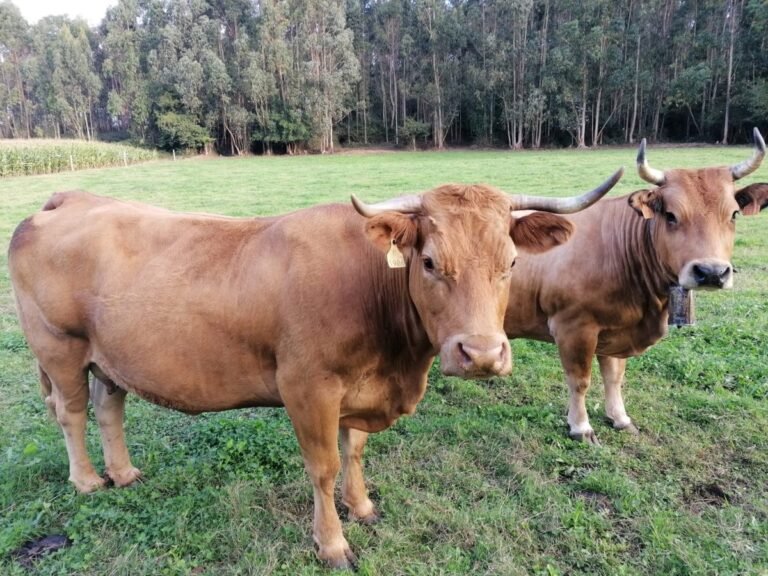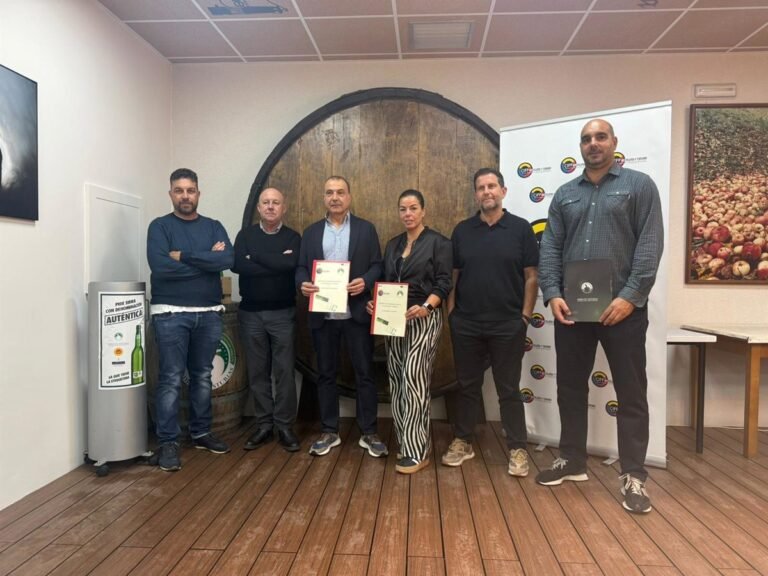
The president has emphasized in his speech the memory of emigration and the historical ties between the Principality and Latin America. The head of the Government of Asturias, Adrián Barbón, presided today at the Quinta Guadalupe, home of the Museum of Emigration – Archive of the Indians Foundation, the ceremony of the flag of Guatemala by the entrepreneur and communicator Dionisio Gutiérrez. "We were a land of departure, now we are a port of welcome, and we are proud of it," the president said in an emotional speech in which he claimed the memory of emigration and the historical ties between Asturias and Latin America.
The event also served to welcome Dionisio Gutiérrez as a new member of the group of friends of the Archive, in recognition of his Asturian roots: his grandparents emigrated from Campiellos, in Sobrescobio, to Guatemala. The Guatemalan flag thus joins the emblems that symbolize the Asturian footprint in the world.
In his speech, Barbón emphasized that the reality of Asturias "is incomprehensible without emigration", recalling that between the mid-19th century and the first third of the 20th century, about 350,000 people left the community, many destined for Ibero-America. "Although our individual memory is fragile, the collective footprint is there, visible and deep," he added.
The president also highlighted the commitment of the Government of Asturias to the external community, through initiatives such as the Return Office, which in its first year has assisted hundreds of people interested in returning. "We want to give back to the Asturian emigration everything it has contributed to the prosperity and development of this land. It is a duty that we fulfill with great pleasure," he acknowledged.
Likewise, he praised the work of the Archive of the Indians Foundation as a space for memory and reflection, while claiming the role of Asturian centers abroad: "They are the best ambassadors of our culture and traditions." He also recalled the emotional legacy of those who left and those who stayed, as well as the importance of keeping that shared memory alive.
The Executive’s speech ended with a message of openness and solidarity: "We want to continue adding flags to this museum as a symbol of an open, democratic Asturias connected with the world. May these emblems always remind us that there is a lot of Asturias beyond our geographical boundaries and that we need each other."
**Below is the intervention of the President of the Principality:
INTERVENTION OF THE PRESIDENT OF THE PRINCIPALITY OF ASTURIAS, ADRIÁN BARBÓN
Delivery of the Guatemalan flag to the Museum of Emigration Archive of the Indians
It is always a pleasure to meet at Quinta Guadalupe, this beautiful house of the Indianos, a common home that extends beyond its walls and welcomes all those who once undertook the uncertain journey of emigration, that long journey guided by the hope of reaching a better horizon.
Here their memory is preserved, here they are honored and protected, like a precious treasure, a part of the history without which neither Asturias nor Spain could be understood.
Today we raise the flag of Guatemala, that "land of forests," like Asturias, with the conviction that we are opening a new path to forge alliances and work, with full democratic convictions, in the creation of a better, freer, and fairer world. That flag is also the welcome credential of Dionisio Gutiérrez, a new member of the group of friends of the Archive of the Indians.
Many ancestors of those who share this day left the Principality. For example, the grandparents of Dionisio Gutiérrez, who from a corner of Sobrescobio set sail for Guatemala.
Emigration shaped the whole of Spain, but in few places did it have as much impact as in Asturias. In our days, the cannibal voracity of events and social networks leaves little room for the calmness of memory. Between the mid-19th century and the first third of the 20th century, about 350,000 people left this land, most of them to Ibero-America. Although our individual memory is fragile, the collective footprint is there, visible and deep. The reality of Asturias is incomprehensible without emigration. First the economic one. Then, the political one fleeing from the long night of the dictatorship, a time without freedoms or democracy.
Many of those people left without having seen more of the world than their small village. They arrived in a distant world, huge in their eyes, but, despite their unequal fortune, few, if any, forgot their roots. As Eduardo Galeano said, when someone emigrates, "they leave, staying."
I always insist that our external community, our Asturian centers scattered around the world, are our best ambassadors. They have been guardians of culture and traditions and have managed to instill their love for this land, generation after generation. This meeting is proof of that.
Those who left dealt with longing and those who stayed had to mourn the absences. The families that remained here were also protagonists, in their own way, of emigration. We can imagine them with their eyes turned to the sea, waiting for the news of the return to arrive one day.
From overseas, news arrived in Asturias, accompanied, when possible, by remittances. In some successful cases, it is also worth highlighting, generous contributions financed the construction of schools and hospitals and promoted foundations and charitable associations. It is important not to forget this, which is why the work of this foundation is so crucial.
The Government of Asturias has decided to move forward from that history of emigration towards a new narrative of return. We have embarked on this ambitious journey after listening to the demands and needs of the Asturian community abroad.
Guided by that objective, our Government’s Return Office has just completed its first year of operation as a key resource for those who want to return.
Now we have the opportunity to give back to the Asturian emigration everything it has contributed to the prosperity and development of this land. It is a duty that we fulfill with great pleasure, I assure you.
Asturias has changed a lot since those times of exodus. I will spare you the review of decades of sorrows linked to the successive reorganizations. In recent years, it has become a land of welcome and opportunities with a cutting-edge industry, sustainable tourism, and strong public services. A reference for those who contemplate it from a distance and feel it as close as if they were here. An ambition for those who wish to return to step on it soon and never leave it again. A place where more and more people, from all parts of the planet, aspire to live and work. We were a land of departure, now we are a port of welcome, and we are proud of it.
To understand the strength of that transformation, the work of this foundation is essential, which works on the recovery of the memory of emigration and exile. Our collective identity would be very different without the baggage of those generations who made the decision to grow in the distance, but never to renounce their roots.
The goal is to weave that story and transmit it, to serve as an archive and also to help create awareness of the power of migratory movements in our society, to build bridges instead of walls.
Therefore, we want to continue adding flags to this museum and expanding the boundaries of this building. May these emblems, like the sister flag of Guatemala that Dionisio Gutiérrez has delivered, always remind us that there is much more Asturias beyond our geographical boundaries and that we need each other.
The Guatemalan author Miguel Ángel Asturias, Nobel Prize winner who carries our land in his name, expressed it in his beautiful verses:
"Give is love,
give prodigiously,
for every drop of water
return a torrent."




